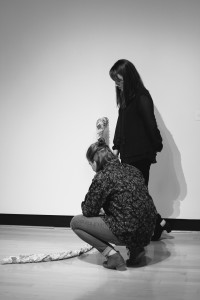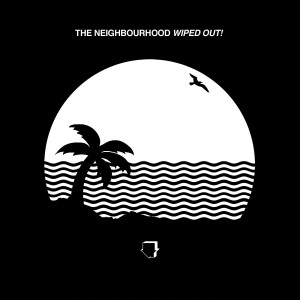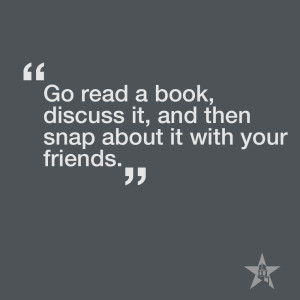Inextinguishable, New Works by Sharon McConnell, is an installation that abounds in re-examinations of concept, form, and the everyday. Marking the culmination of a new study in fabrics, McConnell utilizes simple materials and a repeating-square format to create works that interact with our perception of space and meaning.
Upon initial impression, one immediately notes the way in which the works communicate with the Ortlip Gallery space, with pieces like Studies and The Law of Gravity utilizing wall space and cast shadows to great effect. By presenting traditional net forms in a nontraditional context, the artist draws beauty out of classically utilitarian forms while utilizing the interplay of light through the pieces to create a tension between net and shadow.
Expanding on the idea of dialectical tensions, The Periodic Table references both familiar and unfamiliar forms, catching the observer in a shifting context of associations.
 The familiar becoming unfamiliar is a repeated theme throughout Inextinguishable and is perhaps best embodied in the installation’s centerpiece, Cloudscape 7.24.15. Composed of thousands of individual fabric squares, the piece immediately encounters those entering the gallery as a shimmering cloud formation. However, as one moves closer, the installation changes, breaking down into individual squares and patterned segments, creating a sharp dialogue between the known and the inexplicable. Dialogue is again seen in the format of the piece itself which exists as a juxtaposition of pixelated rationality and hand-placed fabric—an arrangement that creates strong dialectical tension between concept and format while forcing the viewer to acknowledge the shifting nature of perception.
The familiar becoming unfamiliar is a repeated theme throughout Inextinguishable and is perhaps best embodied in the installation’s centerpiece, Cloudscape 7.24.15. Composed of thousands of individual fabric squares, the piece immediately encounters those entering the gallery as a shimmering cloud formation. However, as one moves closer, the installation changes, breaking down into individual squares and patterned segments, creating a sharp dialogue between the known and the inexplicable. Dialogue is again seen in the format of the piece itself which exists as a juxtaposition of pixelated rationality and hand-placed fabric—an arrangement that creates strong dialectical tension between concept and format while forcing the viewer to acknowledge the shifting nature of perception.
Ultimately, Inextinguishable is an exhibition that guides the viewer to an examination of perceptions. By creating dialogue between mediums and juxtaposed relationships, McConnell creates a participatory experience that leaves viewers with their own inextinguishable wonderings about the world around them.




